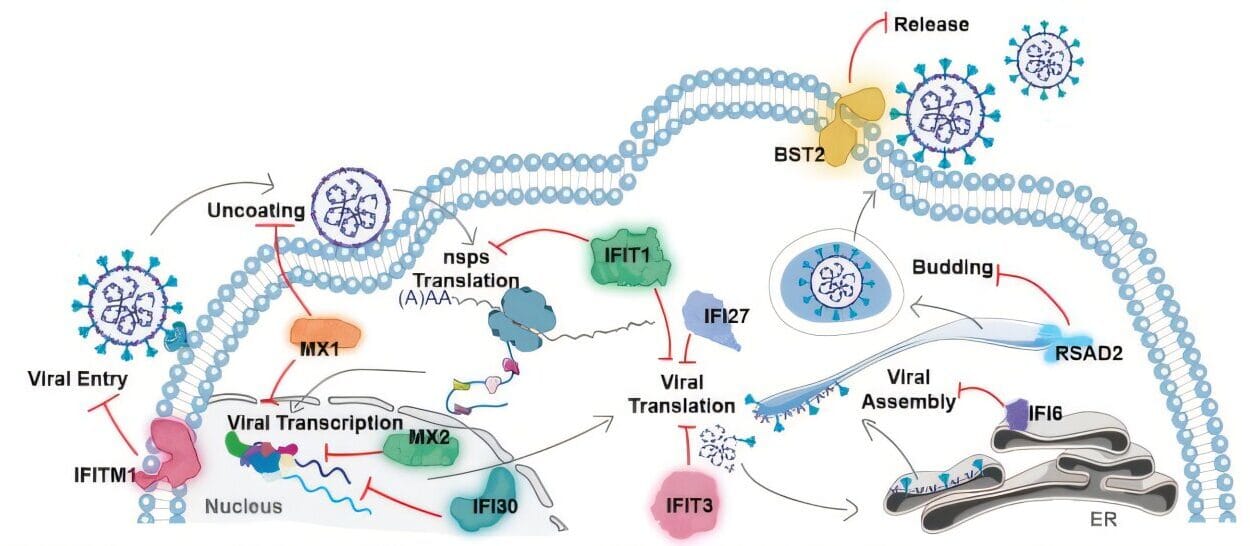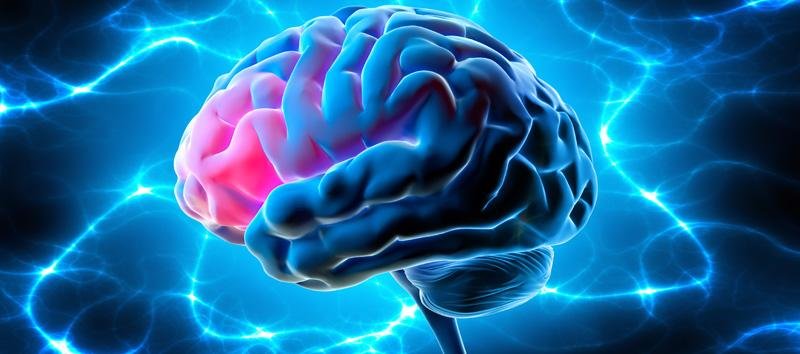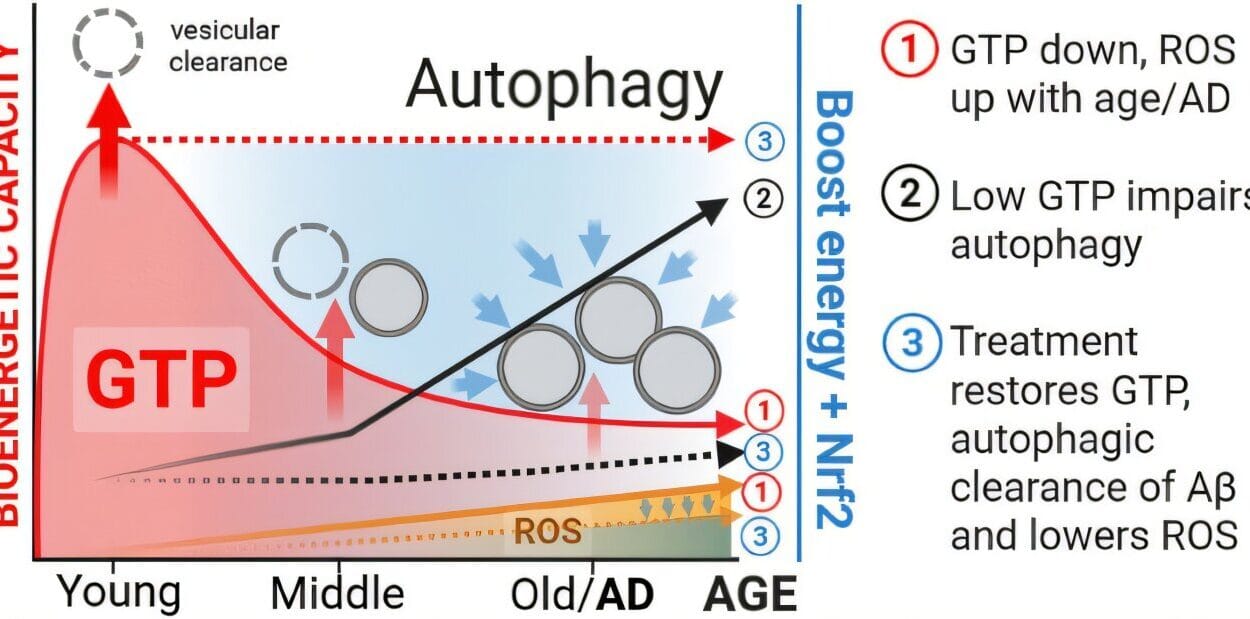Throughout human history, fasting has been as natural as breathing. Our ancestors hunted, gathered, and lived without refrigerators, grocery stores, or 24/7 access to food. Eating came in waves—sometimes plentiful, sometimes scarce—and the body adapted. This rhythm of eating and not eating is written into our biology. Today, in a world overflowing with snacks, fast food, and processed meals, the idea of deliberately not eating for certain hours feels revolutionary. Yet, it is one of the oldest practices of humanity.
Intermittent fasting (IF) has surged in popularity over the last two decades, embraced by health enthusiasts, biohackers, celebrities, and everyday people seeking to lose weight, improve health, or simply feel more energetic. But it has also become the subject of confusion, skepticism, and heated debate. Is it a magic bullet for weight loss? A fad destined to fade away? Or a powerful, scientifically validated way to improve longevity and overall well-being?
To answer these questions, we must peel back the layers: the biological science, the psychological impact, the cultural roots, and the myths that surround intermittent fasting.
What Exactly Is Intermittent Fasting?
At its core, intermittent fasting is not a diet—it is a pattern of eating. It does not dictate what foods to eat but rather when to eat them. It structures eating into specific windows of time, alternating between periods of fasting and feeding.
The most common methods include:
- The 16/8 Method: Fasting for 16 hours each day and eating during an 8-hour window.
- The 5:2 Diet: Eating normally for five days a week while consuming only 500–600 calories on two nonconsecutive days.
- Alternate-Day Fasting: Alternating between days of normal eating and days of little to no caloric intake.
- The 24-Hour Fast: Not eating for a full day, once or twice a week.
- Time-Restricted Eating: Aligning eating hours with natural circadian rhythms, often finishing meals early in the evening.
What makes intermittent fasting distinct is that it focuses less on counting calories or eliminating food groups and more on harnessing the body’s natural metabolic cycles.
The Science of Fasting: Why the Body Responds
To understand intermittent fasting, we must look at metabolism—the process by which the body converts food into energy. Normally, after a meal, blood sugar rises and insulin helps move glucose into cells to be used for energy or stored as fat. When we go for long stretches without eating, insulin levels drop, forcing the body to switch fuel sources from glucose to fat.
This shift triggers several important changes in the body:
- Fat Burning: Lower insulin levels promote lipolysis, the breakdown of fat for energy.
- Ketosis: After extended fasting, the liver produces ketones from fat, which fuel the brain and muscles.
- Autophagy: Fasting activates a cellular recycling process where damaged proteins and organelles are cleared away, improving cell efficiency and longevity.
- Hormonal Changes: Growth hormone increases, supporting fat loss and muscle preservation. Norepinephrine rises, boosting alertness and metabolic rate.
- Reduced Inflammation: Fasting reduces markers of inflammation, which play a role in many chronic diseases.
The result is a cascade of adaptations that enhance resilience, protect cells from damage, and may even slow aspects of aging.
Health Benefits Backed by Science
Weight Loss and Fat Loss
Perhaps the most common reason people try intermittent fasting is weight loss. Research shows that IF can be as effective as traditional calorie restriction in reducing body fat. By limiting eating windows, people often naturally reduce overall calorie intake. But beyond calories, the hormonal shifts—especially the drop in insulin and rise in growth hormone—create an environment conducive to fat burning.
Meta-analyses of clinical trials suggest intermittent fasting can lead to 4–8% weight loss over 3–24 weeks, along with reductions in waist circumference, a key marker of visceral fat.
Improved Insulin Sensitivity and Blood Sugar Control
Intermittent fasting can improve how the body responds to insulin, lowering fasting glucose and reducing the risk of type 2 diabetes. One study found that time-restricted feeding reduced fasting insulin levels by 20–30%. For individuals with prediabetes, intermittent fasting may be a powerful tool to restore metabolic balance.
Heart Health
Cardiovascular disease remains the leading cause of death globally. IF appears to support heart health by lowering blood pressure, reducing LDL cholesterol, decreasing triglycerides, and lowering inflammatory markers like C-reactive protein. These changes collectively reduce the risk of atherosclerosis and heart attacks.
Brain Health and Cognitive Function
The brain is especially sensitive to metabolic changes. Ketones produced during fasting provide a cleaner, more efficient fuel source than glucose. Animal studies suggest fasting promotes neuroplasticity, increases brain-derived neurotrophic factor (BDNF), and protects neurons from degeneration. Some human studies link IF with improved memory, focus, and mood.
Researchers are exploring fasting as a potential strategy against neurodegenerative diseases like Alzheimer’s and Parkinson’s, though evidence in humans is still emerging.
Longevity and Cellular Health
One of the most exciting findings in fasting research is its potential to extend lifespan. In animal models—ranging from worms to mice—caloric restriction and intermittent fasting extend life and delay age-related diseases.
The mechanism? Autophagy. By cleaning up cellular “junk,” fasting reduces oxidative stress, enhances DNA repair, and improves mitochondrial function. While human studies are still ongoing, the evidence suggests IF could help delay the onset of aging-related conditions.
Reduced Risk of Chronic Diseases
Beyond obesity and diabetes, intermittent fasting may lower the risk of cancer, fatty liver disease, and inflammatory disorders. In particular, the anti-inflammatory and antioxidant effects of fasting appear to reduce systemic damage that underlies many chronic illnesses.
The Psychological and Emotional Side of Fasting
Intermittent fasting is not only about physical changes—it also reshapes our relationship with food. Many people report:
- Heightened Awareness: Without constant eating, hunger cues become clearer, helping people reconnect with true hunger versus emotional eating.
- Mental Clarity: Once adapted, many fasters experience sharper focus and less brain fog.
- Empowerment: Successfully completing fasts builds confidence and self-control.
However, fasting can also be emotionally challenging. Food is deeply social and cultural, and skipping meals may feel isolating. In some, fasting may trigger anxiety, irritability, or unhealthy obsession with food. The psychological dimension is as important as the physiological one.
Common Myths About Intermittent Fasting
Myth 1: Fasting Slows Down Metabolism
One of the most persistent myths is that skipping meals causes the body to enter “starvation mode,” slowing metabolism and promoting fat storage. In reality, short-term fasting boosts metabolism by increasing norepinephrine and growth hormone. Only prolonged, severe calorie restriction over weeks or months lowers metabolic rate.
Myth 2: Breakfast Is Essential for Health
For decades, we’ve been told breakfast is the most important meal of the day. While breakfast can be beneficial for some, skipping it is not inherently harmful. In fact, many people practice the 16/8 method by simply delaying their first meal until midday—with no adverse effects on energy or metabolism.
Myth 3: Fasting Causes Muscle Loss
Concerns about muscle wasting are common, but research shows fasting preserves lean muscle mass, especially when combined with strength training. Elevated growth hormone and increased fat oxidation help spare muscle during fasting.
Myth 4: You Can Eat Anything During Eating Windows
Some people assume intermittent fasting is a free pass to indulge in unhealthy foods. While fasting improves metabolic flexibility, it does not erase the negative effects of processed, nutrient-poor diets. The quality of food still matters greatly.
Myth 5: Fasting Is Only About Weight Loss
While weight management is a major benefit, fasting is far more than a weight-loss tool. Its effects on insulin sensitivity, inflammation, brain health, and cellular repair make it a holistic practice for overall well-being.
Who Should Be Careful with Intermittent Fasting?
Despite its benefits, intermittent fasting is not for everyone. Certain individuals should approach with caution or avoid it altogether, including:
- Pregnant or breastfeeding women.
- Children and adolescents, who need steady nutrition for growth.
- People with a history of eating disorders.
- Individuals with certain medical conditions such as advanced diabetes or low blood pressure (without medical supervision).
- Those on medications that require food intake at specific times.
For most healthy adults, intermittent fasting is safe. But as with any health strategy, personalization and professional guidance are key.
Intermittent Fasting and Culture
It is worth remembering that fasting is not a new invention—it has been embedded in cultures and religions for millennia. Ramadan in Islam, Lent in Christianity, Yom Kippur in Judaism, and fasting rituals in Buddhism and Hinduism all highlight fasting’s spiritual and moral dimensions.
These traditions underscore that fasting is not only about the body—it is about discipline, mindfulness, gratitude, and connection. In modern times, reconnecting with these deeper meanings can enrich the practice of intermittent fasting beyond its physical benefits.
What the Future of Fasting Holds
Research on intermittent fasting is still unfolding. Large-scale, long-term clinical trials in humans are needed to confirm many of its potential benefits. Scientists are exploring how fasting interacts with genetics, circadian biology, and gut microbiota. Personalized fasting protocols tailored to individual biology may be the future.
There is also growing interest in “fasting-mimicking diets”—structured low-calorie plans that trigger fasting benefits without complete food abstinence. These may provide a gentler on-ramp for those who find strict fasting difficult.
A Balanced Perspective
Intermittent fasting is not a miracle cure, nor is it a passing fad. It is a biologically grounded practice with strong scientific backing, though not without limitations. It offers profound benefits—from weight loss and metabolic health to cellular repair and brain resilience—but it must be approached realistically, not as a one-size-fits-all solution.
The essence of intermittent fasting is balance: balancing eating and fasting, indulgence and discipline, tradition and science. It is a reminder that sometimes, less truly is more—that in the silence between meals, the body finds its deepest healing power.
Conclusion: More Than a Diet, a Way of Living
So, what does intermittent fasting teach us? It teaches us that the body is remarkably adaptive, that health is not about constant consumption, and that rest—whether for the mind, the body, or the digestive system—is essential for renewal.
To fast is to trust the body’s ancient wisdom, to allow it to reset, repair, and thrive. Whether practiced for physical health, mental clarity, or spiritual growth, intermittent fasting is more than a strategy—it is a way of reconnecting with ourselves, with our biology, and with the rhythms of life itself.






